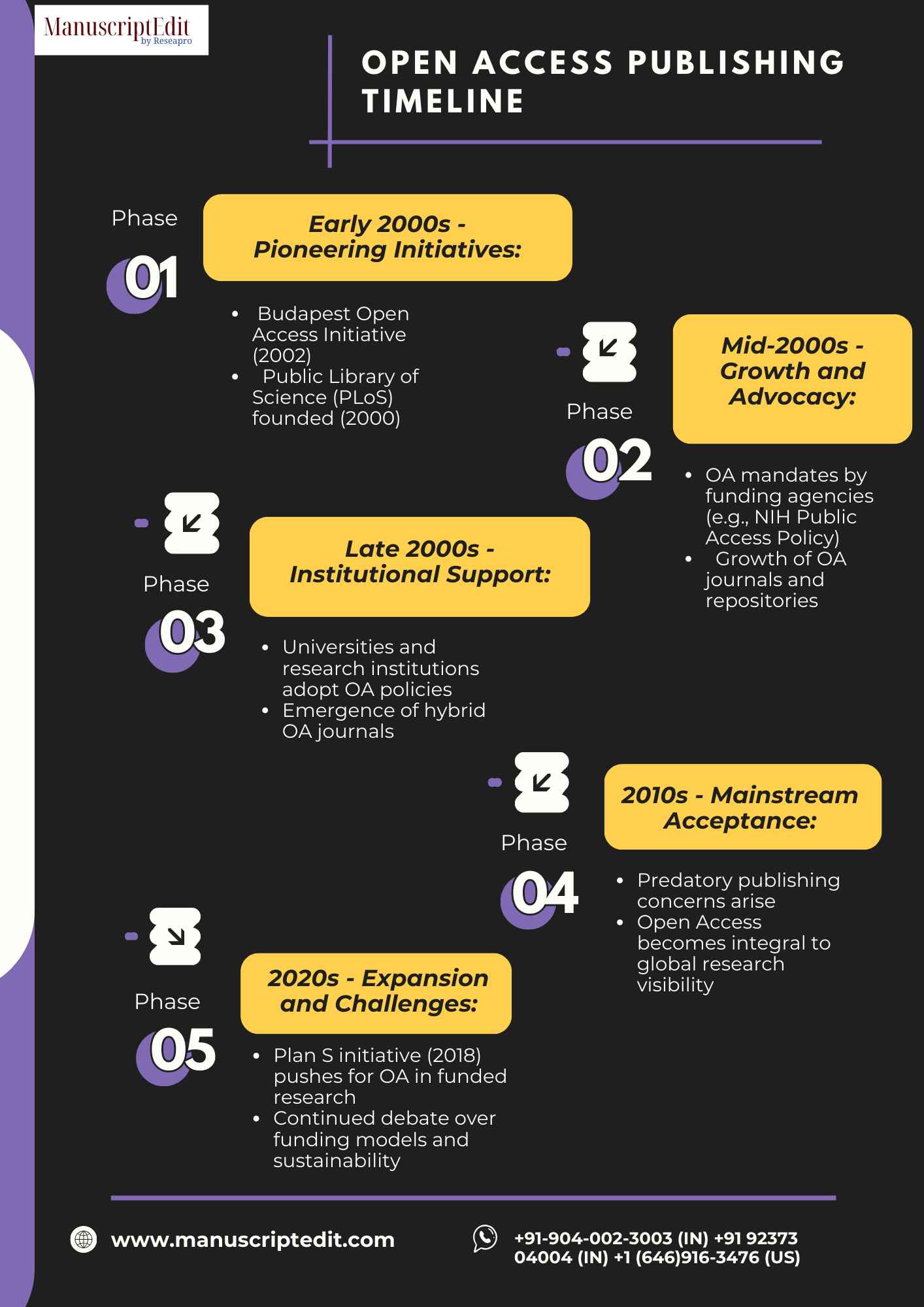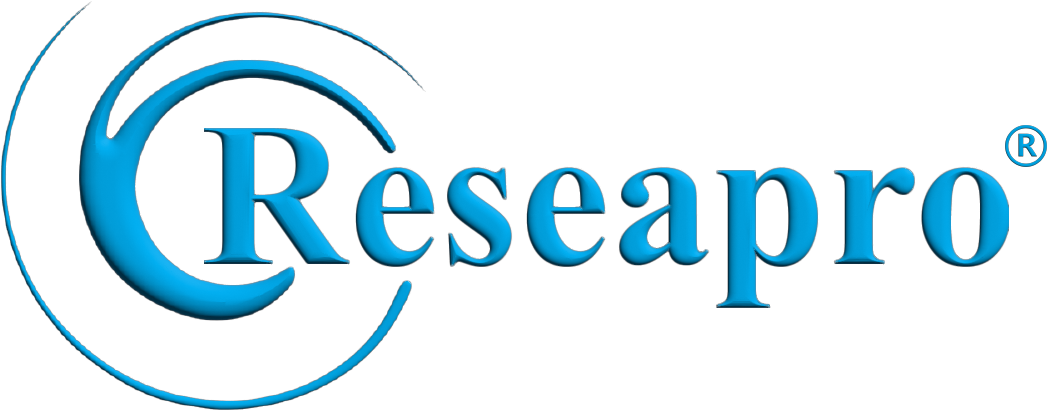
Scopus is a leading abstract and citation database, indexing over 75 million records from 25,000+ titles. It provides a comprehensive global research overview covering sciences, social sciences, arts, and humanities.
Scopus’ importance lies in its ability to track research impact, facilitate collaboration, and inform research policy, making it a vital tool for academics, researchers, and institutions.
What Is Open Access Publication?
Open access (OA) publication makes research available online, free of charge, and without subscription or access barriers. Authors or funders pay publication costs, ensuring everyone can read, share, and build upon the research.
OA promotes knowledge dissemination, advances discovery, and benefits society by making research more accessible and inclusive. Open access examples include DOAJ (Directory of Open Access Journals), arXiv (physics and math preprints), PLOS (Public Library of Science), BioMed Central, ScienceDirect Open Access, and Hindawi.
The Early Years (1999-2004)
Elsevier conceived Scopus in 1999 as a response to the growing need for a comprehensive citation database. Developed over five years, Scopus aimed to provide a robust platform for researchers, authors, and institutions to track research output and impact.
Launch and Expansion (2004-2007)
Scopus officially launched in 2004, initially indexing 12,000 titles. Rapid growth and expansion followed, with the database increasing to 15,000 titles by 2007.
Innovations and Milestones (2007-2012)
This period saw the introduction of new features and tools, such as the Scopus Citation Tracker and the h-index calculator. Scopus reached milestones in coverage (30,000 titles) and users (1 million).
Global Recognition and Adoption (2012-2018)
Scopus gained increased recognition and adoption by academic institutions and researchers worldwide. It solidified its position as a leading citation database, often compared to Web of Science.
Scopus continued to innovate and expand, cementing its role in the academic community.

Recent Developments and Future Directions (2018-Present)
Scopus has continued to evolve, introducing new features like the Author Identifier, improved search functionality, and expanded coverage of emerging fields.
Plans include integrating artificial intelligence, natural language processing, and machine learning to enhance search and discovery and expand its dataset to include more diverse research outputs.
Is It Good to Publish in Open-Access Journals?
Publishing in open-access journals can be beneficial, as it increases research visibility, accessibility, and impact. Open-access journals offer high-quality peer review, rapid publication, and compliance with funding agencies‘ requirements.
However, authors should carefully select reputable open-access journals to avoid predatory publishing and ensure the integrity of their research.
Is Open Access Free to Publish?
While open access makes research accessible to readers, authors may need to pay an article processing charge (APC) to publish. Depending on the journal and publisher, APCs can range from $500 to $5,000 or more. Some funders and institutions cover APCs, while others may not.
How Do We Publish on OA Platforms?
To publish on open access (OA) platforms, authors submit their manuscripts to an OA journal or repository. The process typically involves:
- Selecting an OA platform.
- Preparing the manuscript according to author guidelines.
- Submitting the manuscript.
- Peer review.
- Payment of article processing charges (APCs) if applicable.
- Publication.
Conclusion
In conclusion, Scopus has revolutionized the academic landscape since its inception, evolving from a citation database to a comprehensive research platform. Its impact on the educational community is evident in its widespread adoption, improved research visibility, and informed decision-making.
References
- https://direct.mit.edu/qss/article/3/1/37/109076/Scopus-1900-2020-Growth-in-articles-abstracts
- https://www.researchgate.net/publication/333694214_A_Brief_History_of_Scopus_The_World’s_Largest_Abstract_and_Citation_Database_of_Scientific_Literature
- https://researchcollaborations.elsevier.com/en/publications/a-brief-history-of-scopus-the-worlds-largest-abstract-and-citatio




